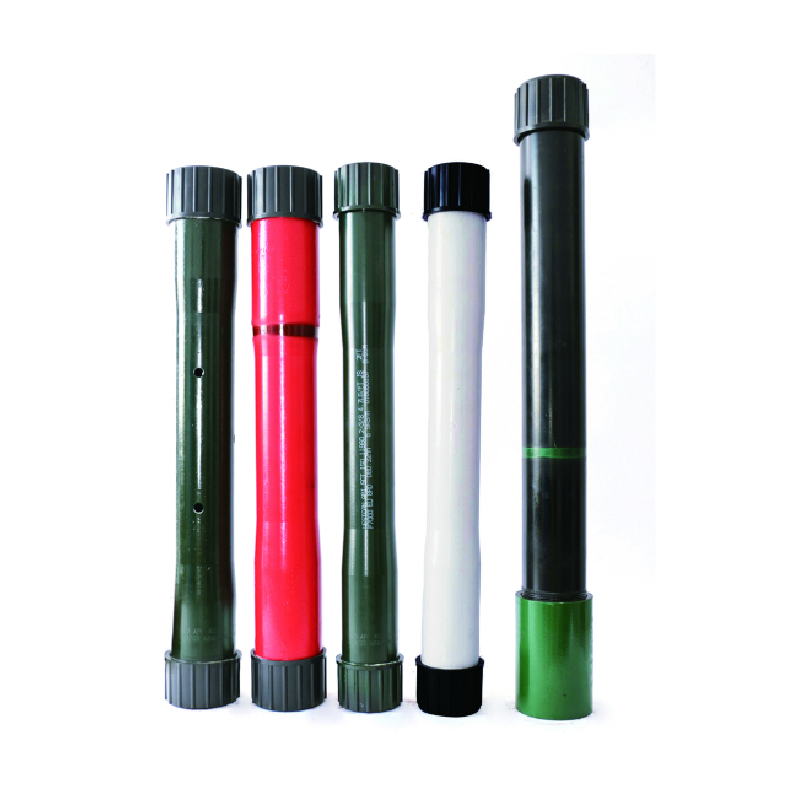- Afrikaans
- Albanian
- Amharic
- Arabic
- Armenian
- Azerbaijani
- Basque
- Belarusian
- Bengali
- Bosnian
- Bulgarian
- Catalan
- Cebuano
- Corsican
- Croatian
- Czech
- Danish
- Dutch
- English
- Esperanto
- Estonian
- Finnish
- French
- Frisian
- Galician
- Georgian
- German
- Greek
- Gujarati
- Haitian Creole
- hausa
- hawaiian
- Hebrew
- Hindi
- Miao
- Hungarian
- Icelandic
- igbo
- Indonesian
- irish
- Italian
- Japanese
- Javanese
- Kannada
- kazakh
- Khmer
- Rwandese
- Korean
- Kurdish
- Kyrgyz
- Lao
- Latin
- Latvian
- Lithuanian
- Luxembourgish
- Macedonian
- Malgashi
- Malay
- Malayalam
- Maltese
- Maori
- Marathi
- Mongolian
- Myanmar
- Nepali
- Norwegian
- Norwegian
- Occitan
- Pashto
- Persian
- Polish
- Portuguese
- Punjabi
- Romanian
- Russian
- Samoan
- Scottish Gaelic
- Serbian
- Sesotho
- Shona
- Sindhi
- Sinhala
- Slovak
- Slovenian
- Somali
- Spanish
- Sundanese
- Swahili
- Swedish
- Tagalog
- Tajik
- Tamil
- Tatar
- Telugu
- Thai
- Turkish
- Turkmen
- Ukrainian
- Urdu
- Uighur
- Uzbek
- Vietnamese
- Welsh
- Bantu
- Yiddish
- Yoruba
- Zulu
Understanding Bull Plugs and Their Applications in Various Industries and Settings
What is a Bull Plug?
In the world of plumbing and fluid control, the term bull plug refers to a type of threaded plug that is essential for sealing off the ends of pipes and fittings. As one of the fundamental components in plumbing systems, bull plugs serve a specific purpose and come in various sizes and materials, depending on the needs of a particular application.
Definition and Functions
A bull plug, often referred to simply as a plug, is designed to close off a pipe, preventing fluids from flowing through its end. The bull plug typically has male threads on one side that screw into the female threads of the pipe or fitting. The other end is smooth and rounded, which distinguishes it from other types of plugs. This design helps facilitate easy installation and removal, making it a favorite among plumbers and DIY enthusiasts.
One of the primary functions of a bull plug is to provide a tight seal. This sealing capability is crucial in preventing leaks and ensuring that the system operates efficiently. Whether in water supply lines, drainage systems, or HVAC applications, a proper seal is vital to maintaining system integrity and performance.
Applications
Bull plugs are used in a variety of applications across different industries. In residential plumbing, they often serve as a means to temporarily cap off pipes during maintenance or repairs. For example, if a section of a water line needs to be replaced, a bull plug can be installed to stop the flow of water while work is being done. This allows plumbers to control the system more effectively and minimize disruptions to the water supply.
what is bull plug

In industrial settings, bull plugs are commonly found in HVAC systems, boilers, and chemical processing plants. These systems require a high level of reliability and durability, which is where the bull plug excels. Depending on the materials used—such as PVC, brass, or stainless steel—these plugs can withstand various temperatures and chemical exposures, making them suitable for demanding environments.
Material Considerations
The choice of material for a bull plug depends largely on the specific application it will be used for. For instance, plastic bull plugs (like those made from PVC or CPVC) are often utilized in residential plumbing due to their resistance to corrosion and low cost. Conversely, metal bull plugs, such as those made from brass or stainless steel, are commonly chosen for their strength and durability in industrial applications.
It is also worth noting that the size of a bull plug is an important consideration. Bull plugs come in a range of sizes to accommodate different pipe diameters. Selecting the correct size is critical to ensuring a proper fit and achieving the necessary seal. Using a plug that is too large or small can lead to leaks and ineffective sealing.
Conclusion
In conclusion, the bull plug is an essential component in the realm of plumbing and fluid control systems. Its primary function is to seal off the ends of pipes, preventing leaks and maintaining system integrity. With applications ranging from residential to industrial settings, the bull plug proves invaluable in a variety of contexts. When choosing a bull plug, considerations such as material and size are crucial to ensure optimal performance. By understanding the role of bull plugs, users can better appreciate their significance in maintaining efficient and effective plumbing systems.
-
Tubing Pup Joints: Essential Components for Oil and Gas OperationsNewsJul.10,2025
-
Pup Joints: Essential Components for Reliable Drilling OperationsNewsJul.10,2025
-
Pipe Couplings: Connecting Your World EfficientlyNewsJul.10,2025
-
Mastering Oilfield Operations with Quality Tubing and CasingNewsJul.10,2025
-
High-Quality Casing Couplings for Every NeedNewsJul.10,2025
-
Boost Your Drilling Efficiency with Premium Crossover Tools & Seating NipplesNewsJul.10,2025







